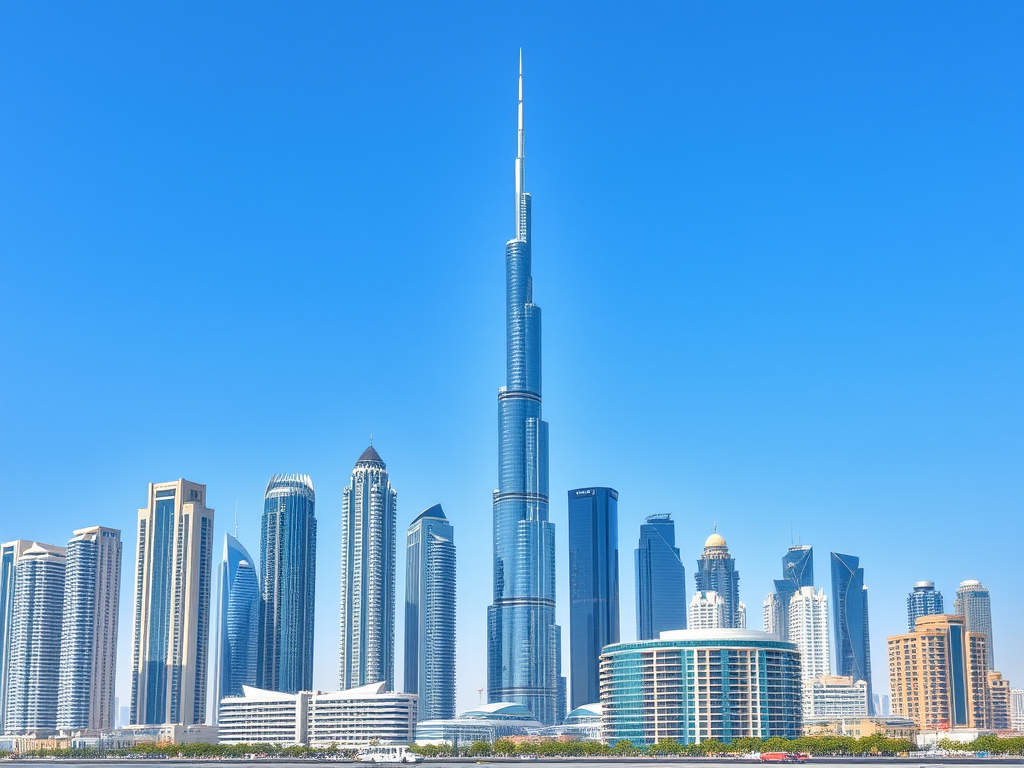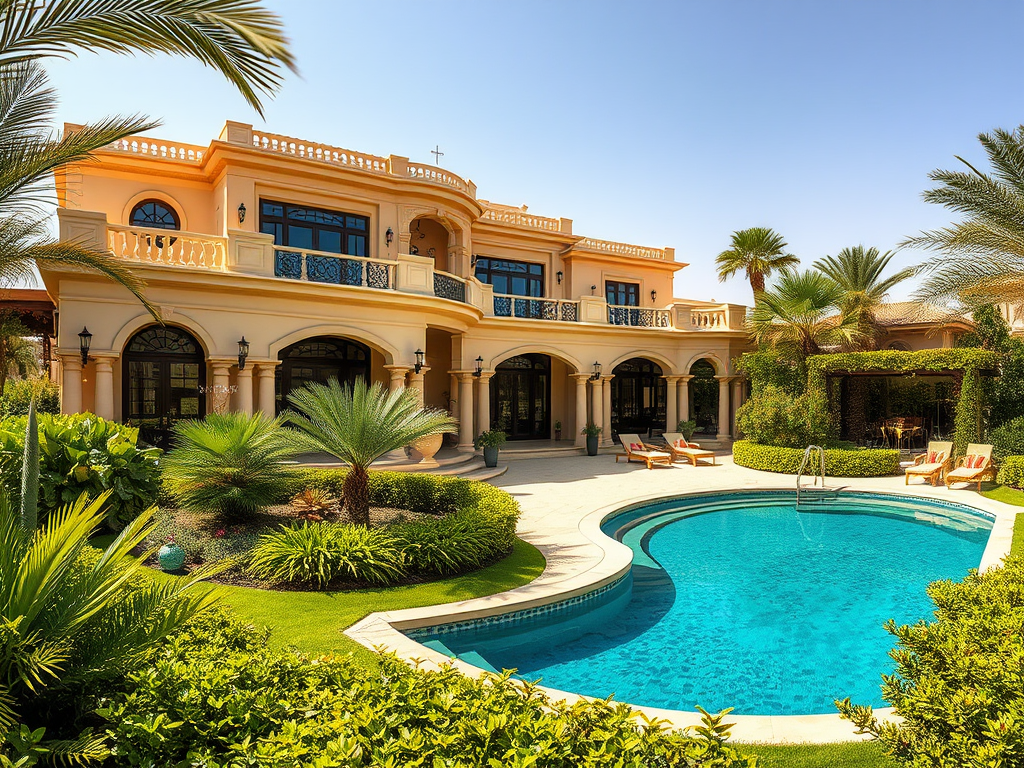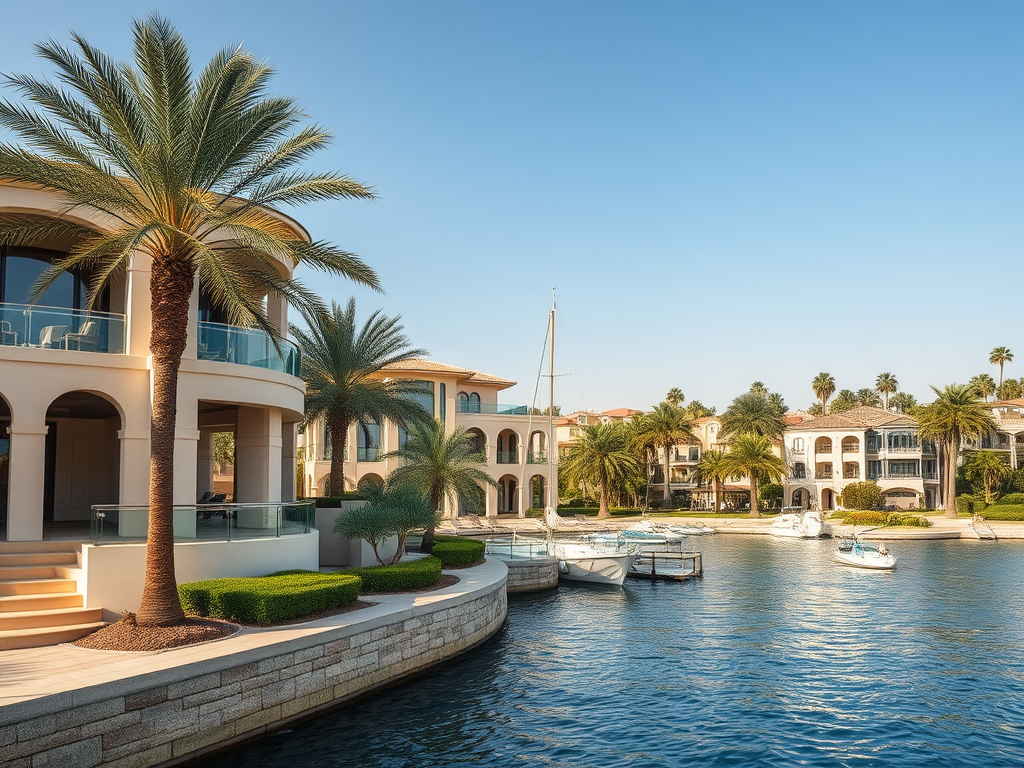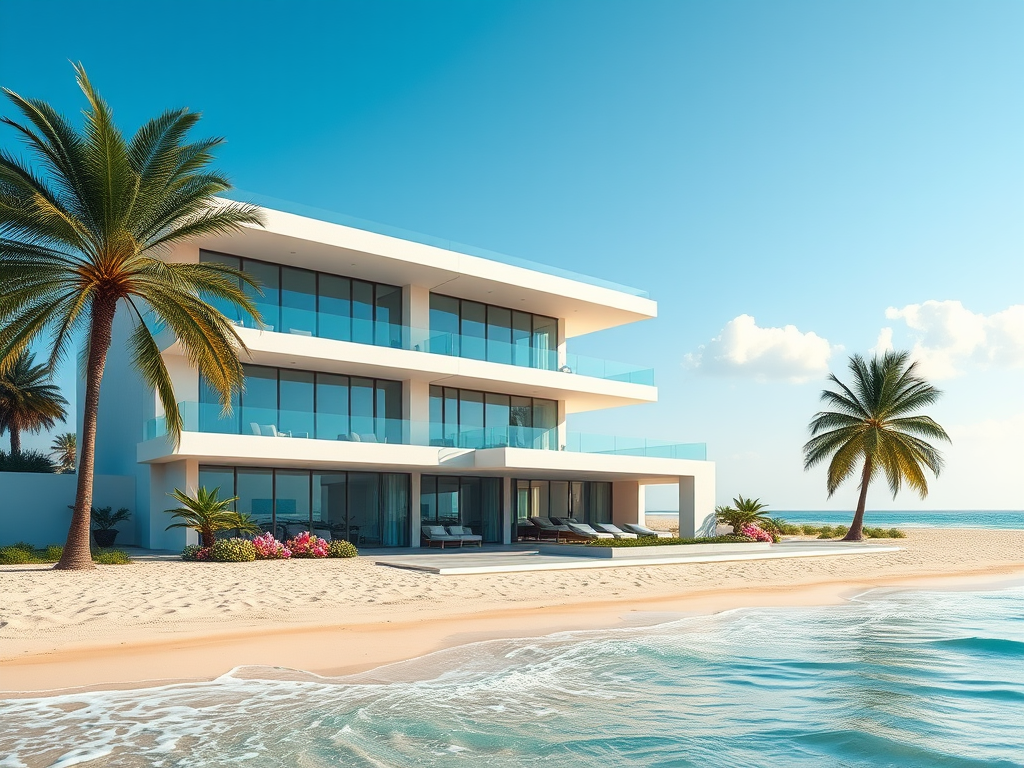Dubai stands as a paragon of modern urban development, particularly in mixed-use projects that blend residential, commercial, and recreational spaces into cohesive environments. This strategic approach to urban planning not only enhances the quality of life for its residents but also attracts substantial investment and tourism. The city leverages its unique geographical location, economic goals, and forward-thinking vision to establish itself as a global hub for diverse industries. In this article, we will delve into the factors that contribute to Dubai’s prominence in mixed-use developments and how these projects redefine urban landscapes.
Visionary Planning and Implementation
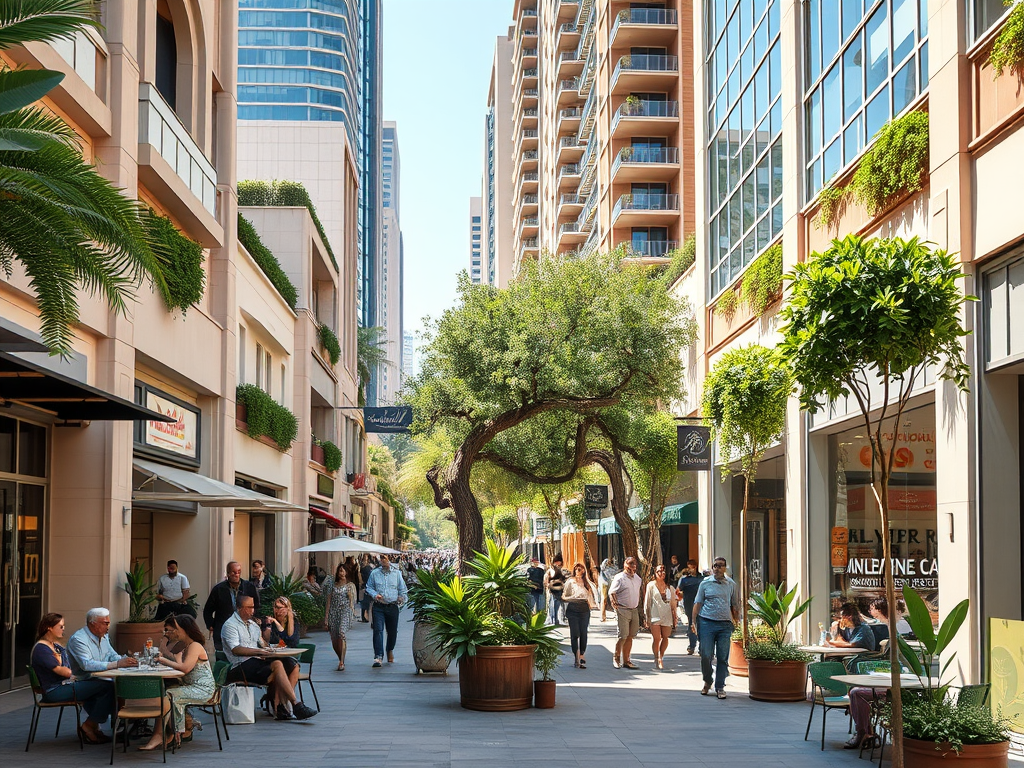
One of the fundamental reasons Dubai excels in mixed-use development is its visionary urban planning framework. The city’s leadership emphasizes innovative design and integrated planning, ensuring that each project aligns with the broader goals of sustainability and progressive urban living. This entails a thorough understanding of demographics, lifestyle trends, and urban necessities. Planning initiatives typically incorporate:
- Comprehensive land use analysis
- Proximity to transit and essential services
- Community-focused amenities
- Environmental considerations and regulations
- Mixed-income housing strategies
This meticulous approach not only maximizes space efficiency but also fosters a vibrant community spirit, making Dubai an attractive destination for business and leisure alike.
A Thriving Economy and Real Estate Market
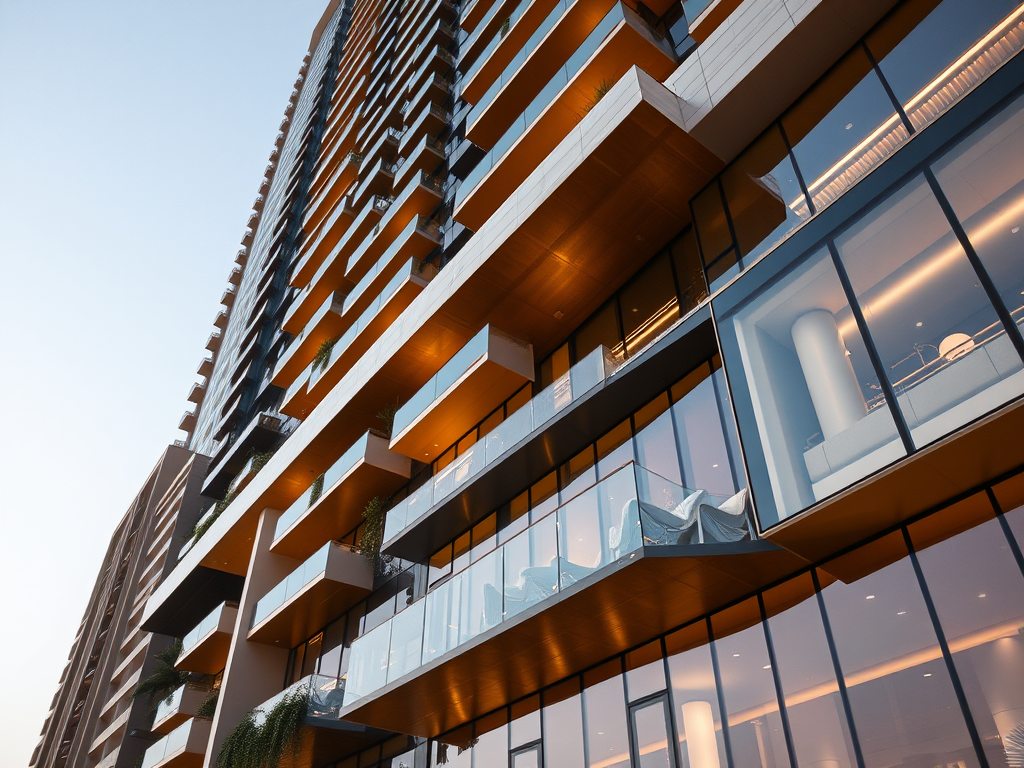
Dubai’s robust economy acts as a catalyst for its mixed-use development initiatives. As one of the leading financial centers in the Middle East, the emirate attracts global investments and multinational corporations, fostering a competitive commercial environment. The real estate market, characterized by strong demand and innovative projects, creates a conducive atmosphere for mixed-use developments. Key economic drivers include:
- Tourism and hospitality sectors
- Logistics and transport infrastructure
- Trade and commerce
- Technology and innovation hubs
- Financial services
Additionally, necessary infrastructure improvements, such as upgraded transportation networks, support the interconnected nature of mixed-use environments, strengthening accessibility and enhancing overall economic productivity.
Integration of Luxury and Lifestyle
Dubai’s mixed-use developments often incorporate elements of luxury and lifestyle that set them apart from conventional urban projects. Through high-end retail outlets, gourmet dining experiences, and world-class entertainment, these spaces create a unique living environment that blends comfort with cosmopolitan flair. Notable projects like Dubai Marina, Downtown Dubai, and the newly planned Dubai Creek Harbour exemplify this synergy of luxury and practicality. These developments highlight:
- Architectural innovation and aesthetic appeal
- Exclusive access to retail and leisure facilities
- Curated community spaces for social interaction
- Emphasis on health and wellness amenities
- Integration of nature with parks and green spaces
This luxurious integration not only amplifies Dubai’s international reputation as a lifestyle destination but also ensures that residents enjoy a well-rounded and engaging quality of life.
Sustainability Initiatives in Urban Development
In an era where sustainability is paramount, Dubai has made significant strides in ensuring that mixed-use developments are environmentally friendly and resource-efficient. The emirate is taking proactive measures to minimize its ecological footprint while enhancing the urban environment. This commitment to sustainability can be observed in several initiatives, including:
- Utilization of renewable energy resources
- Green building certifications and guidelines
- Water conservation and management strategies
- Effective waste reduction practices
- Community engagement in sustainability efforts
These initiatives not only contribute to the wellbeing of the planet but also resonate with a growing demographic of consumers who prioritize sustainability in their lifestyle choices.
Conclusion
Dubai’s leadership in mixed-use development projects is a result of innovative planning, robust economic growth, luxury integration, and sustainability initiatives. By fostering environments where commercial, residential, and recreational spaces coexist harmoniously, the city has redefined urban living, setting a benchmark for cities around the globe. As Dubai continues to evolve, its commitment to excellence in mixed-use developments will undoubtedly remain pivotal to its success and allure as a leading global city.
Frequently Asked Questions
1. What are mixed-use developments?
Mixed-use developments are urban spaces that combine residential, commercial, cultural, institutional, or industrial elements into one cohesive environment. This integration provides residents with various amenities and services within close proximity, enhancing convenience and quality of life.
2. How does Dubai’s economy support mixed-use projects?
Dubai’s strong economy attracts global investments and diverse industries, providing a stable foundation for mixed-use developments. The city thrives in sectors such as tourism, finance, and logistics, creating an ongoing demand for integrated spaces that cater to both residents and businesses.
3. What are some examples of mixed-use developments in Dubai?
Notable examples of mixed-use developments in Dubai include:
- Dubai Marina
- Downtown Dubai
- Dubai Creek Harbour
- CityWalk
- Arabian Ranches
4. How does sustainability play a role in Dubai’s mixed-use developments?
Sustainability in Dubai’s mixed-use projects emphasizes environmentally friendly practices, including renewable energy use, water conservation, and sustainable building materials. These initiatives aim to reduce the ecological impact of urban development while promoting healthy and enjoyable living spaces.
5. Why is community engagement important in mixed-use developments?
Community engagement fosters a sense of belonging and encourages active participation in development projects. By involving residents in decision-making processes, developers can create spaces that better meet the needs and preferences of the community, leading to more successful and vibrant environments.
